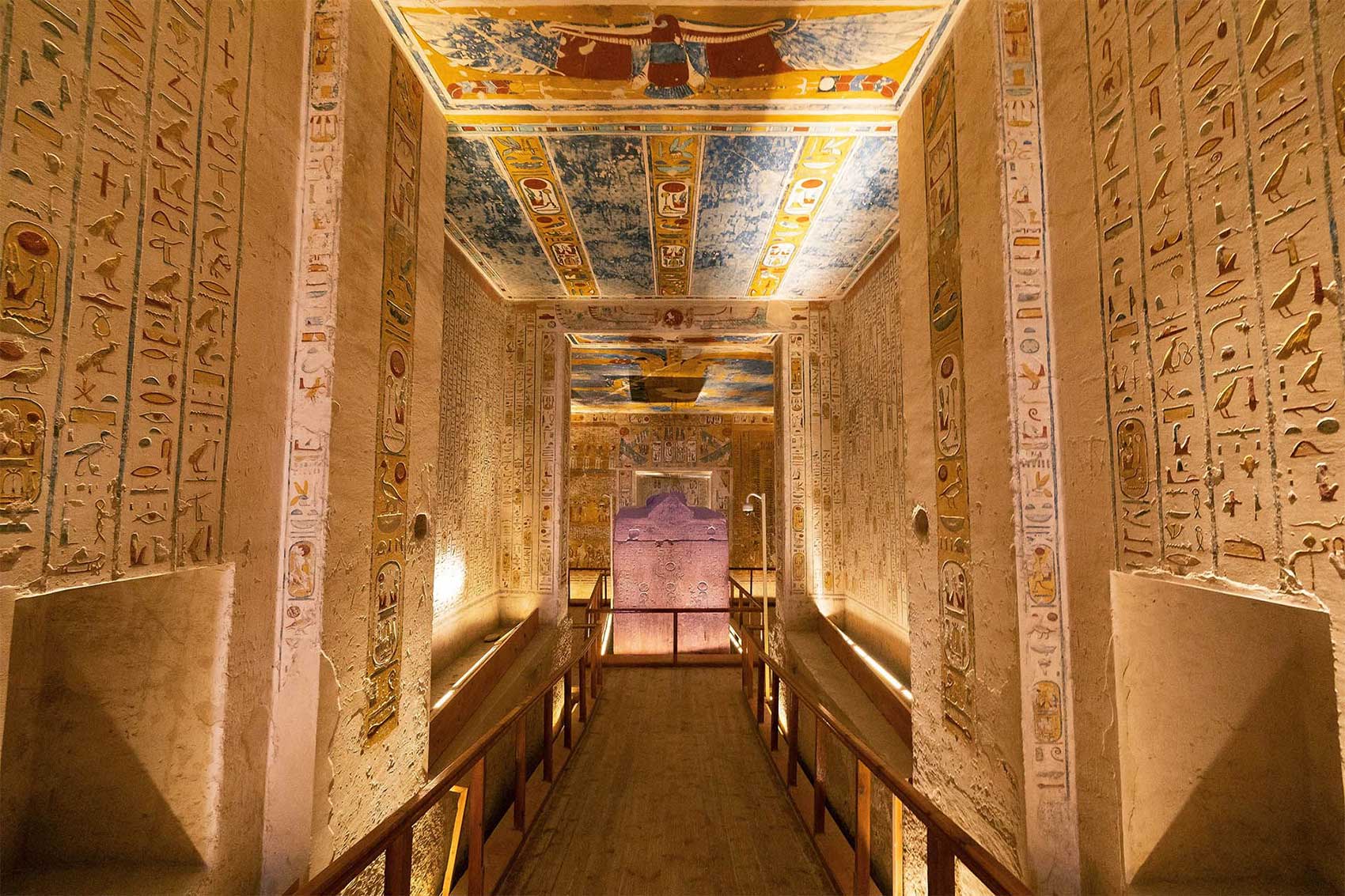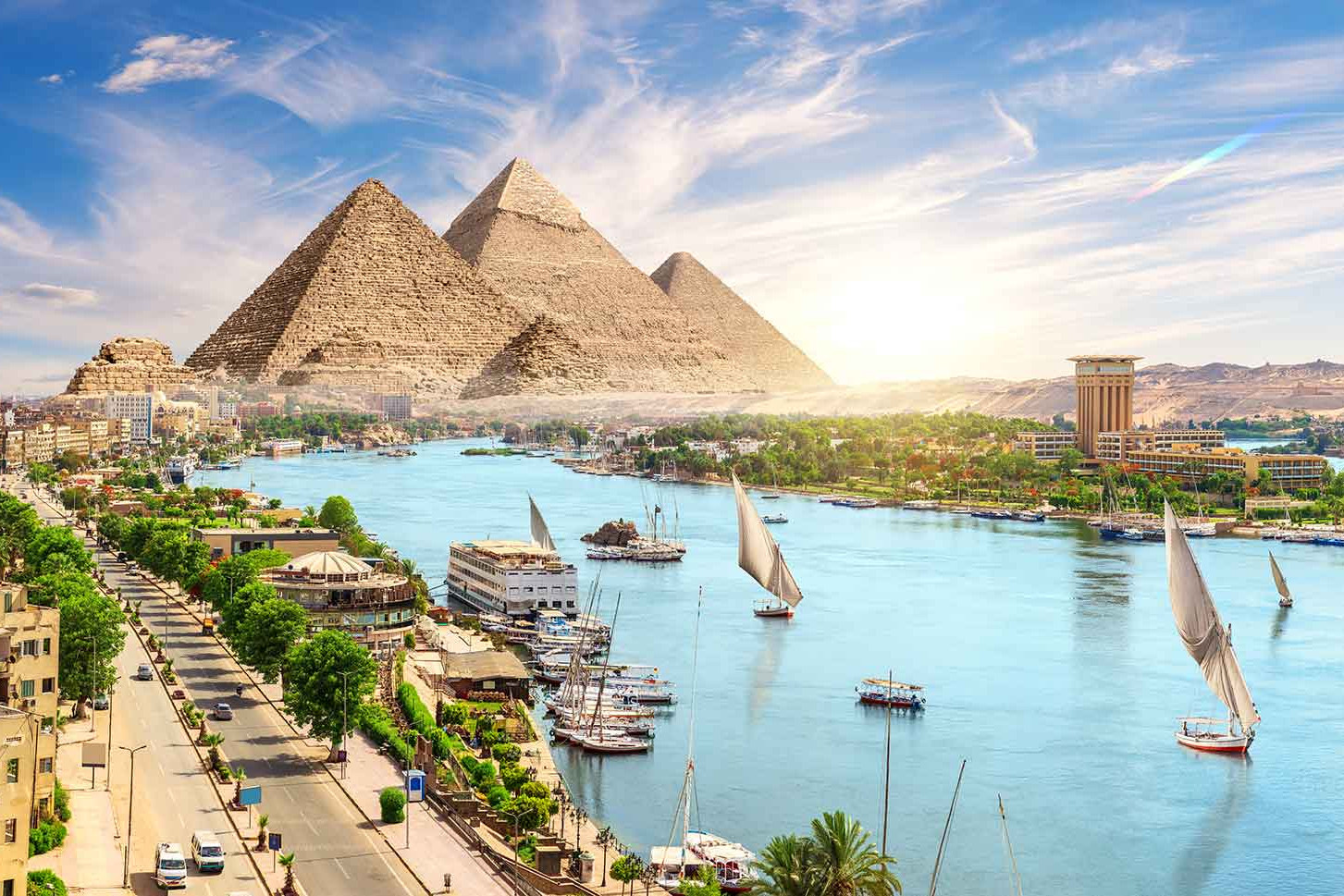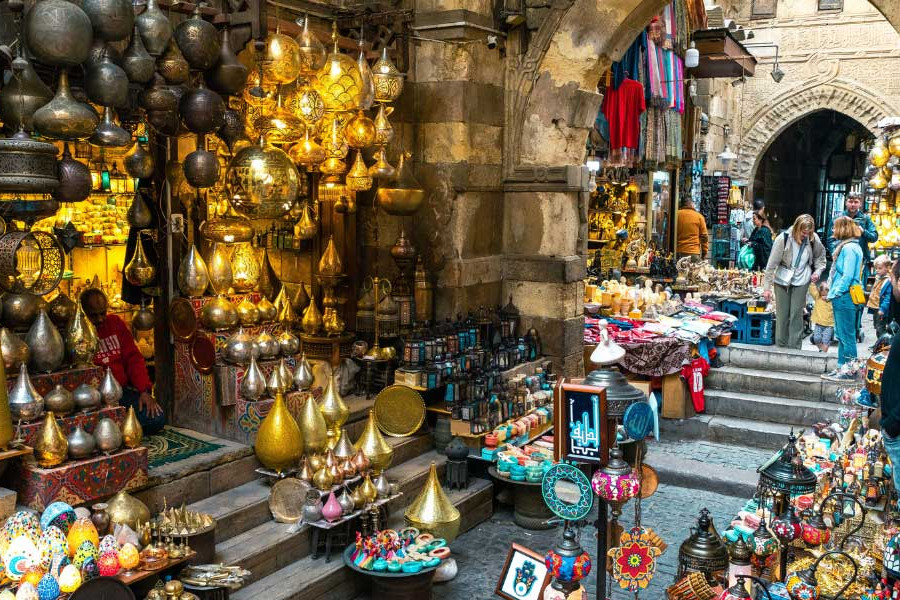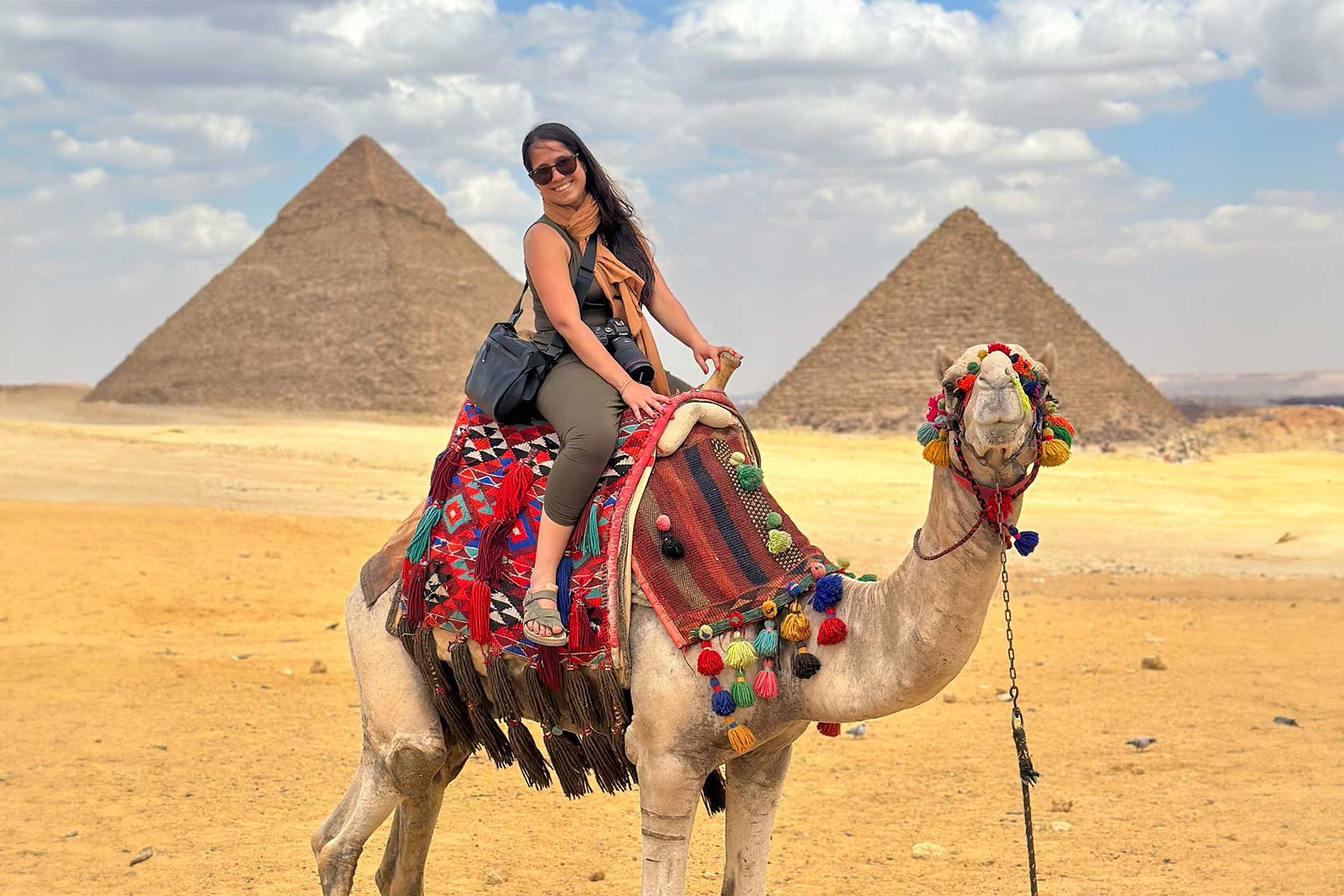All about the pyramids of Egypt
In the heart of the Egyptian desert, the Pyramids of Giza rise majestically, silent witnesses to the greatness of the ancient Egyptian civilization. For intrepid travelers and history lovers, a trip to Egypt is an unforgettable experience that transports you to ancient times and awakens the imagination with its enigmas and mysteries.
Which are the Pyramids?
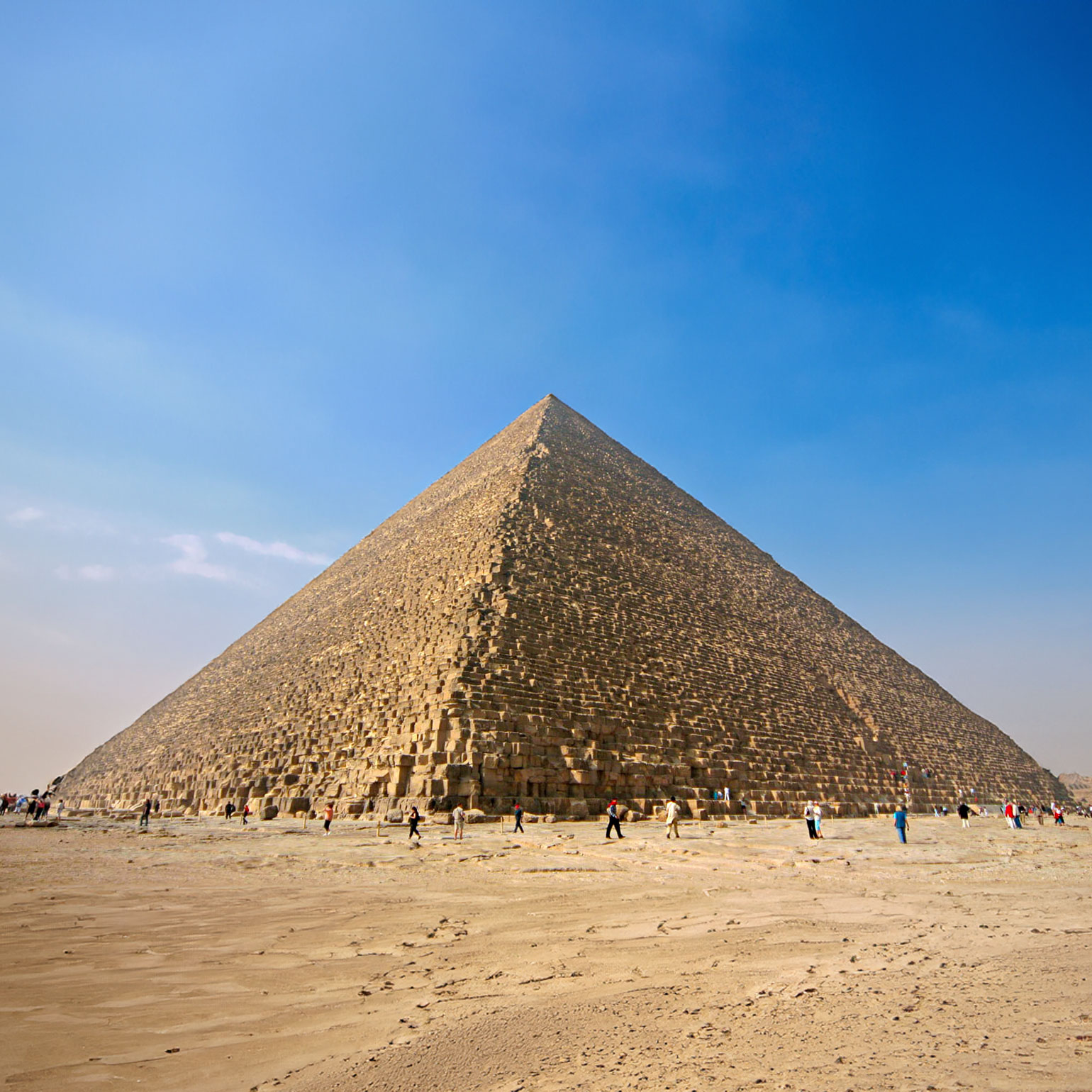
Great Pyramid of Cheops
The largest and most famous of all the pyramids, also known as the Great Pyramid of Giza, was commissioned by Khufu, known also as Cheops. Originally standing 147 meters above the Giza Plateau, this colossal structure has endured over millennia, challenging our understanding of ancient architecture and engineering. Constructed over 4,500 years ago during the Fourth Dynasty of the Old Kingdom of Egypt, it was the tallest man-made structure for over 3,800 years.
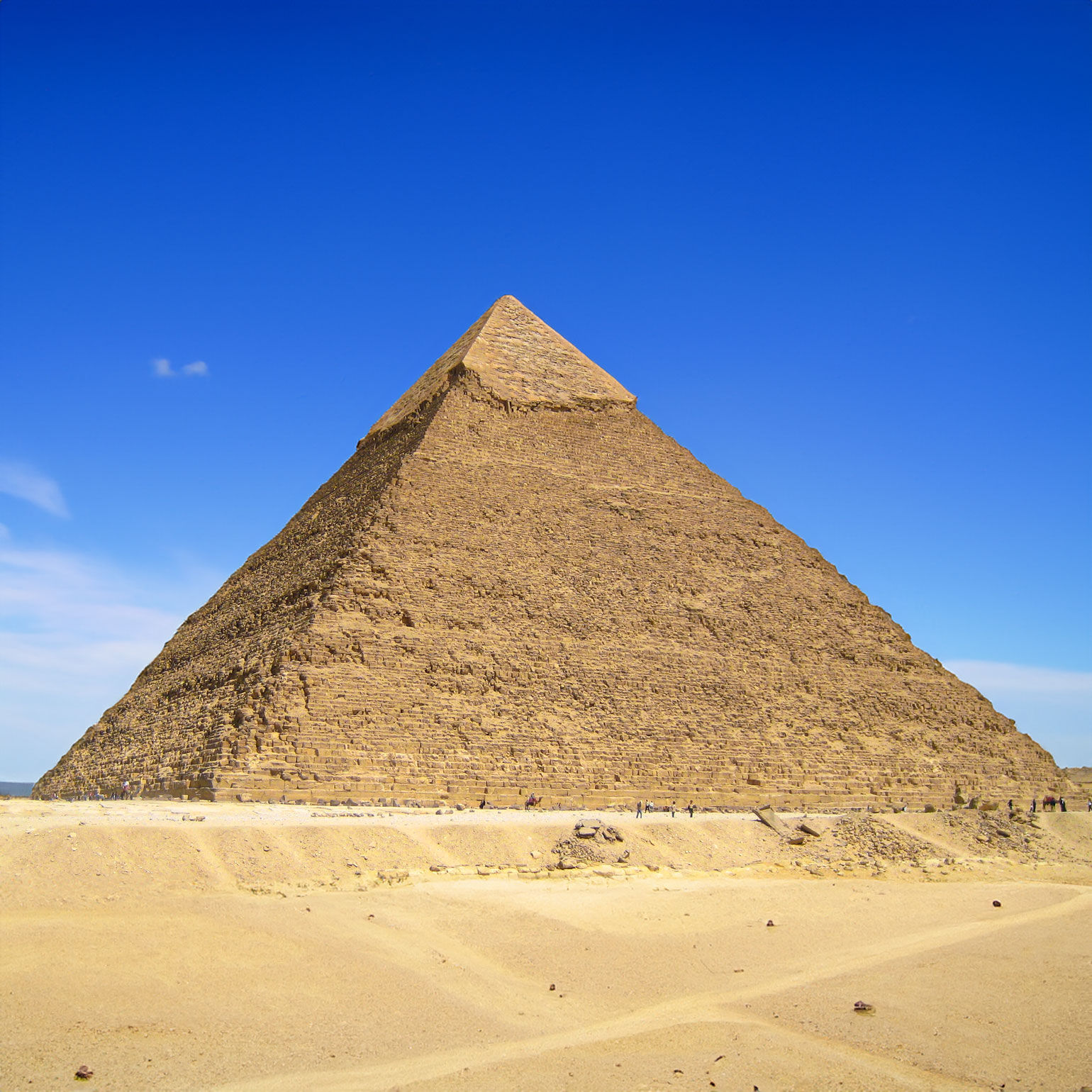
Pyramid of Khafre
The Pyramid of Khafre, the second-largest pyramid at the Giza complex, is a testament to the architectural prowess and regal ambition of ancient Egypt. Built for Pharaoh Khafre, the son of Khufu, around 2550 BCE during the Fourth Dynasty, this monumental structure stands at 136.4 meters (448 feet). What distinguishes it is the enduring remnants of its original smooth casing stones at its apex, preserving a glimpse of its former grandeur.
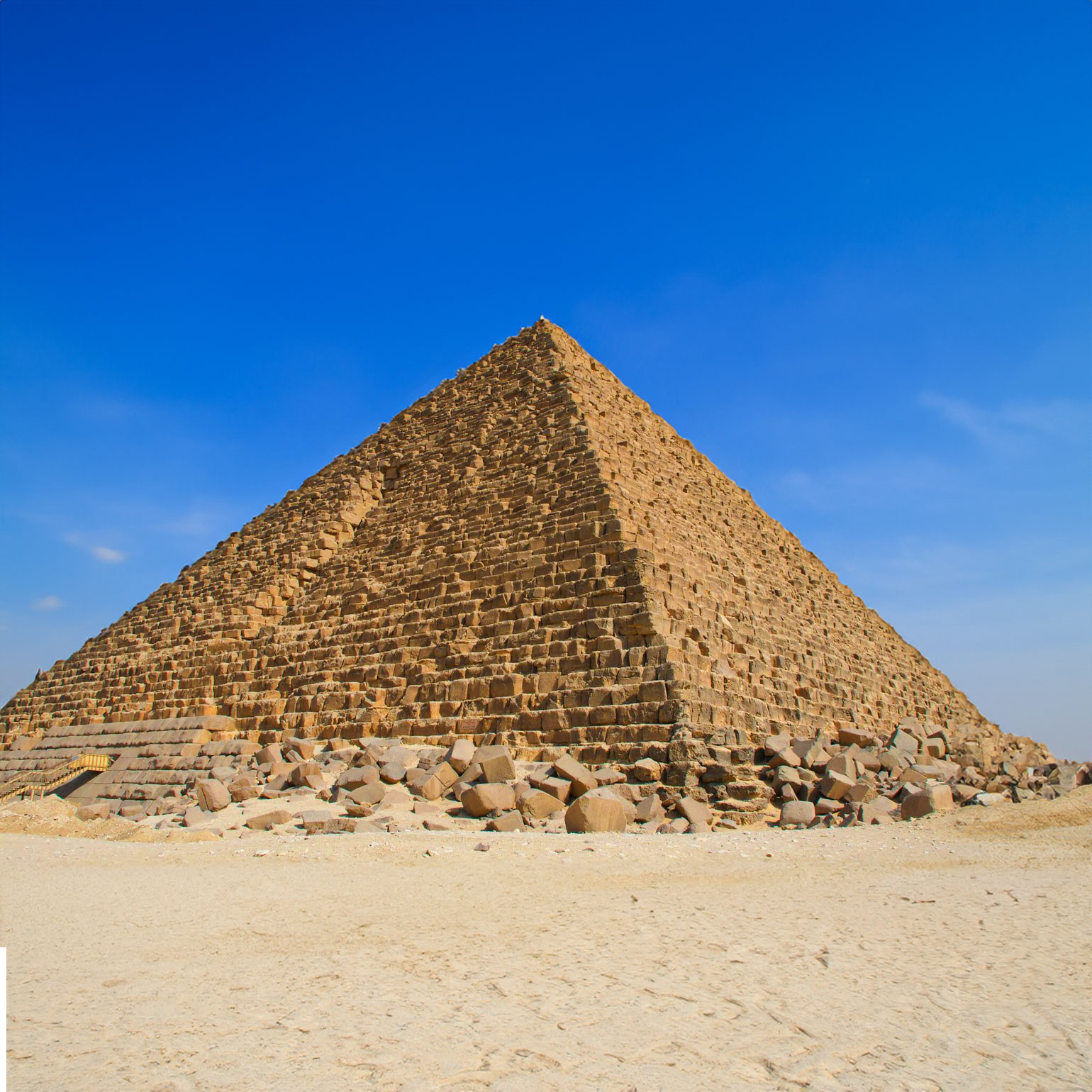
Mycerinus Pyramid
The Pyramid of Menkaure, also known as the Mycerinus Pyramid, represents the culmination of the pyramid-building tradition of ancient Egypt’s Old Kingdom. Constructed for Pharaoh Menkaure, the grandson of Khufu, around 2510 BCE, it stands as the smallest of the three main pyramids at Giza. Alongside its two larger counterparts, the Pyramid of Menkaure completes the iconic trio that continues to captivate the imagination of people around the world
Why were they built?
The pyramids of Egypt were built primarily as monumental tombs for the pharaohs, the ancient rulers of Egypt, during the Old Kingdom period. These colossal structures served as elaborate burial chambers designed to house the bodies of the pharaohs, along with their treasures and possessions, believed to be necessary for their journey into the afterlife. The construction of pyramids also had profound religious and political significance, symbolizing the divine authority of the pharaoh and the strength and stability of the Egyptian state.
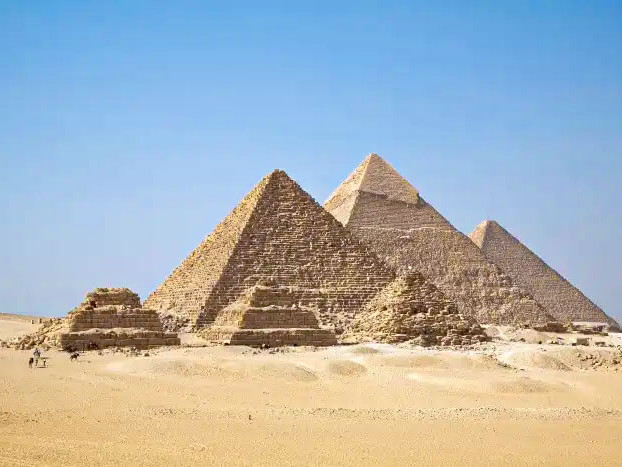
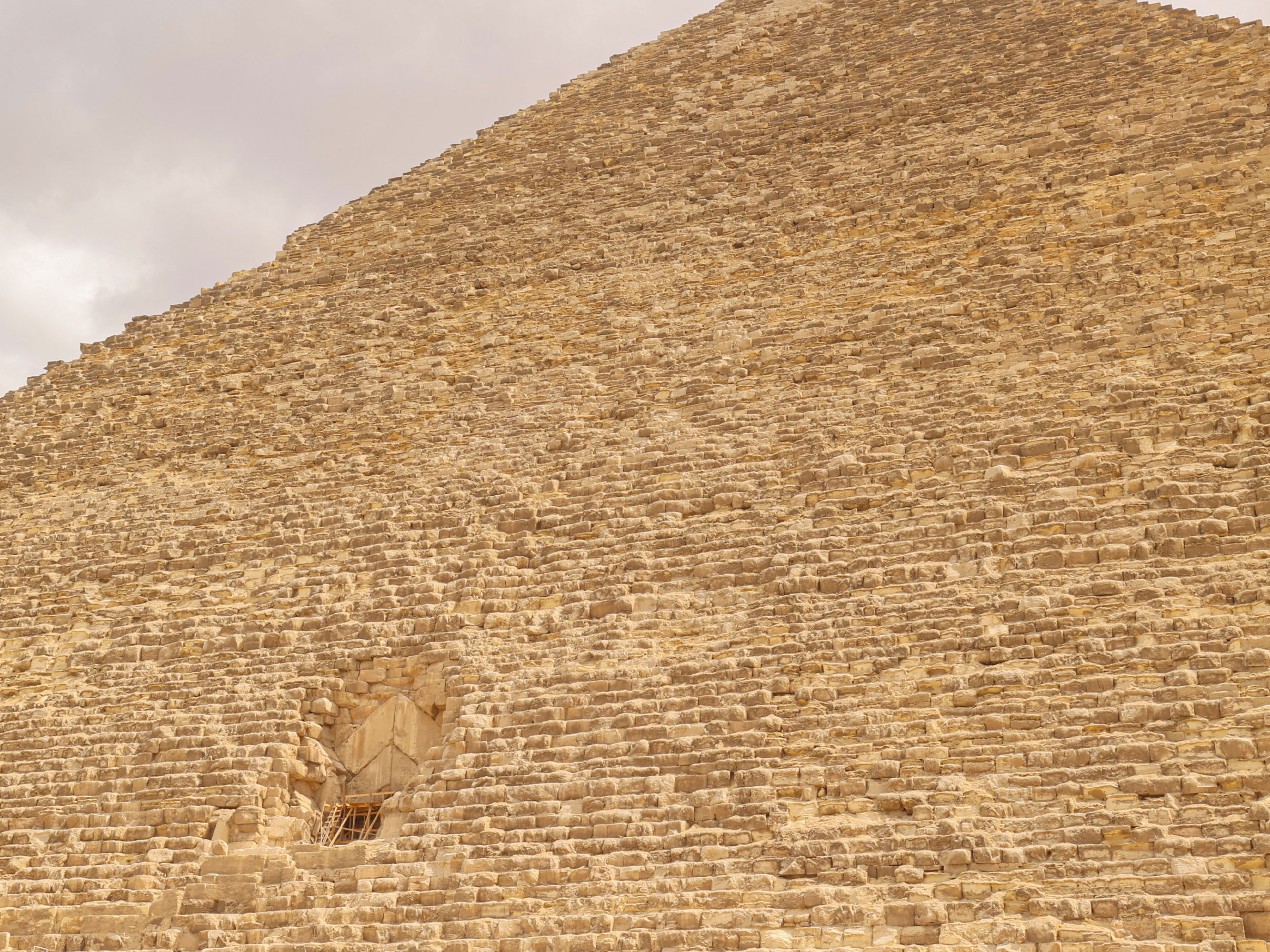
Who built the Pyramids?
The construction of the pyramids of Egypt was a colossal endeavor that involved thousands of skilled laborers, artisans, and architects, all working under the direction of the pharaohs and their appointed officials. While the exact details of the workforce remain a subject of debate among historians and Egyptologists, it is believed that the labor force consisted of a combination of skilled craftsmen, trained workers, and conscripted laborers drawn from across ancient Egypt. Despite the common misconception, there is no evidence to support the idea that the pyramids were built solely by slaves; instead, it is more likely that the construction was carried out by a combination of skilled and semi-skilled workers, supported by a well-organized infrastructure and a system of labor taxation or corvée labor.
The End of the Pyramid Era
The construction of Egyptian pyramids ceased gradually over time, with the decline of the Old Kingdom marking the end of the pyramid-building era. Several factors contributed to this shift in architectural focus. First, economic challenges, including financial strain and labor shortages, made the construction of large-scale pyramids increasingly unsustainable. Second, political instability and decentralization weakened the centralized authority of the pharaohs, leading to a fragmentation of power and a decrease in royal resources available for monumental building projects. Additionally, changes in religious beliefs and funerary practices also played a role, with later pharaohs favoring alternative burial methods, such as rock-cut tombs in the Valley of the Kings, which offered greater security and privacy.
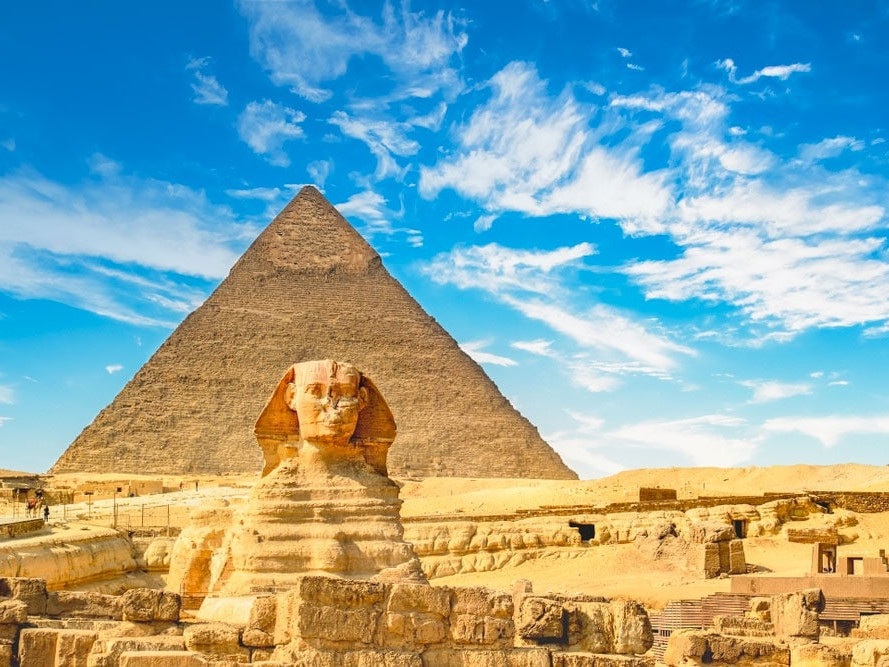
Visiting the Pyramids
No trip to Egypt is complete without visiting the pyramids. Allocate a full day to explore the Giza Pyramids complex. Begin with the Great Pyramid of Khufu (Cheops) and the nearby pyramids of Khafre (Chephren) and Menkaure (Mycerinus). Don’t miss the Great Sphinx, located close by.
You can explore the complex from the outside, and tickets are available to enter the inner chambers of the pyramids, although access may be limited and additional fees may apply. However, please note that only some chambers are accessible, and none of them contain glyphs or funeral goods. Funeral goods were removed, and none of the Old Kingdom pyramids feature any inscriptions inside. This type of decoration in tombs began after the fall of the Old Kingdom.
Wondering what to wear or when to go? Check our Egypt guide to discover more!
Pyramids Tours
More things to do in Egypt
Beyond Egypt: Other Pyramids of the World
In addition to the iconic Egyptian pyramids, the world is home to other architectural wonders that deserve to be explored by adventurous travelers. From the pyramids of Mesoamerica, such as the Pyramid of the Sun in Teotihuacán, Chichén Itzá, Yucatán in Mexico, to the Pyramids of Tikal in Guatemala and the pre-Columbian pyramids of South America, each structure tells a unique story about the civilizations that erected them and his enduring legacy in history.
SUBSCRIBE!
Are you a globetrotter? Join our platform and get exclusive travel tips, getaways and more!


